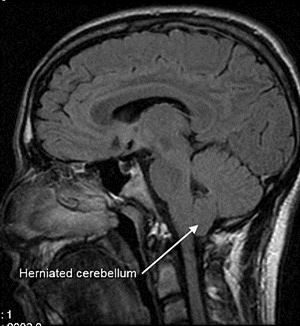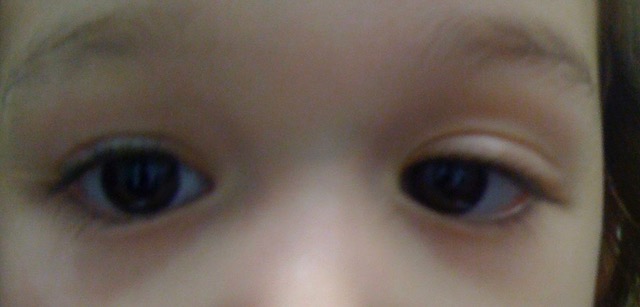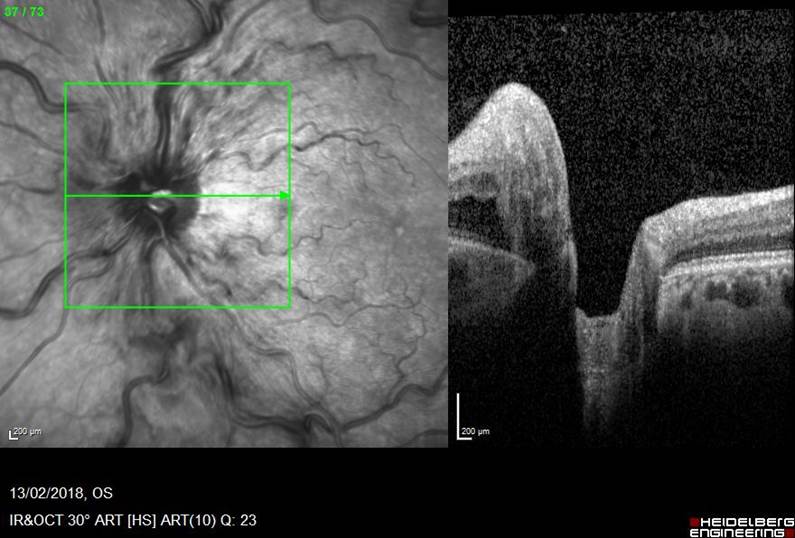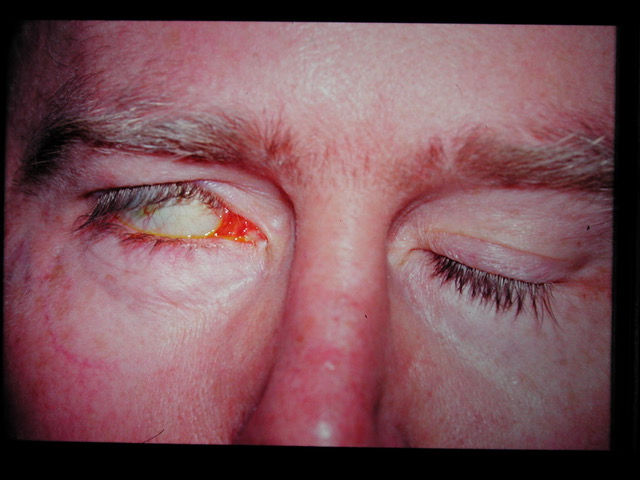
Esotropia in children: when do you need to worry?
Case Study: Esotropia in Children: When Do You Need to Worry?
Dr Elaine Wong
7 yo girl presents with 1 year history of intermittent esotropia which has become more constant over the last 1-2 months. She has not been complaining of any diplopia. There is no family history of strabismus and parents are not sure that whether they have seen the eye turn before age of 6 yo. She has not been complaining of any headaches, dizziness, weaknesses or have any systemic illnesses.
Examinations show that she has VAR 6/6 and VAL 6/6. She has an esotropia of 20 dioptres both at near and in the distance. There are no significant eye movement abnormalities and has normal smooth pursuit and saccadic eye movements. Anterior and fundus examinations are normal with no signs of any disc swelling. Cycloplegic retinoscopy show hypermetropia of + 3.00 OU.
What to do?
These clinical findings are common and familiar to most of us and may simply be a case of decompensated esophoria with or without accommodative component. We can simply send patient home with a pair of + 2.50 to help with the control of esophoria. Right?
Well, in children under 4 yo, that might be all you need to do. However, the unusual thing about this case is the age of onset – 6 years old. This is outside the normal age group that childhood esotropia occurs.
It is not unreasonable to give her a pair of +2.50 and see if it helps to control her esophoria better. However, given her age and lack of family history, it is of utmost importance to check on her progress. If the occurrence of her esotropia has not improved, low threshold of neuroimaging should be employed.

Arnold Chiari Malformation
In this case, I have decided to perform an MRI on her first before trying a pair of glasses.
The MRI brain shows that she has cerebellar tonsillar ectopia (aka Arnold Chiari Malformation) causing her esotropia.
Arnold Chiari Malformation is a structural defect where there is a downward displacement of the cerebellar tonsils through the foramen magnum. This can be congenital or acquired from trauma. Many patients with this condition remain asymptomatic. Others can complain of headaches, difficulty focusing, fatigue, muscle weakness, dizziness and, of course, diplopia from esotropia.
Patient will require neurosurgical review. Neurosurgical treatment of Arnold Chiari Malformation may help with the resolution of esotropia. However, strabismus surgery for the esotropia may also be effective.



